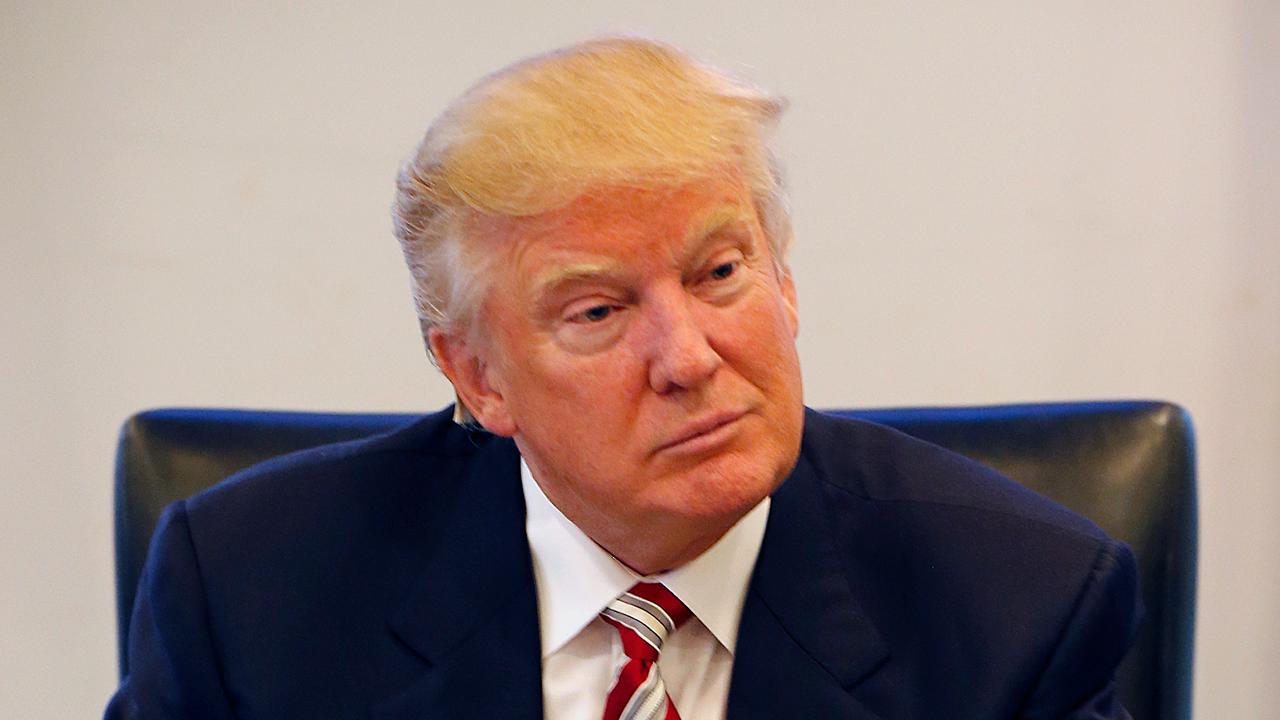Illinois' financial crisis: How bad is it?
Illinois is about to enter its third straight fiscal year without a budget if lawmakers cannot agree on a spending deal before July 1.
The state government in Illinois is split between a Republican Governor, Bruce Rauner, and a legislature that is controlled by Democrats, which has resulted in paralyzing gridlock. For about 24 months the state has remained afloat on court-ordered spending measures and continued appropriations.
Illinois owes billions of dollars to institutions ranging from medical providers to public universities. It also has billions in unfunded pension liabilities and faces severe fiscal trouble as state projects could grind to a halt without a new spending deal.
As Illinois spirals deeper into a financial crisis, here is a look at what’s at stake for the state and its citizens.
Backlog of bills
Illinois has a tab of unpaid bills worth $15 billion, equivalent to 40% of its operating budget. The state’s backlog of financial obligations will skyrocket to $28 billion by June 2019 without a deal, Moody’s predicted, which would rack up even more interest and penalties than what is already owed. Even if a deal is reached, state debt and taxpayer dues will both likely increase.
Credit downgrades
Failure to strike a budget agreement by the end of the state legislature’s annual session on May 31 resulted in a critical credit downgrade for the country’s fifth largest state to Baa3, the lowest of any state and only one level above non-investment grade — also known as junk. Illinois has received 8 downgrades in as many years and most states are rated at least 8 levels higher, according to Moody’s. The prospect of yet another fiscal year without a spending deal has sparked concerns of a subsequent credit downgrade. Illinois could become the first U.S. state ever to receive a junk rating, meaning the state would be at a high risk of being unable to repay its debt and having to pay in order to be able to borrow money.
Unfunded pension liabilities
The state currently has more than $250 billion in unfunded pension obligations, annual payments of which could be cut if a deal isn’t struck — a scenario that Moody’s warned would be a negative credit event for bondholders.
Funding slashed to public universities
Illinois passed a stopgap measure in April to award $600 million to state universities and community colleges; that represents only 34% of the $1.7 billion that Democrats had planned to give to higher-education institutions in the state for the current fiscal year. In fiscal year 2016 Illinois’ spending on higher education totaled less than $1 billion, compared to more than $2 billion in fiscal year 2011, according to data from the Comptroller’s Office. Over the past two years, Eastern Illinois University has received at least $53 million less than what was expected if normal spending procedures had continued.
Court-ordered Medicaid payments?
Negotiations to increase spending on backlogs of Medicaid payments failed this week, which could prompt a court to order the state to pay as much as $1 billion per month toward health care for those covered under the program. Illinois owes Medicaid providers alone $3 billion for care provided to more than 3 million people.
What now?
Illinois’ Republican Gov. Bruce Rauner ordered the state legislature into a special session—a last ditch effort to reach a deal by June 30—which began last Wednesday and will take place over the course of 10 days. However, the impasse between the Democratic-controlled General Assembly and the Republican governor has paralyzed the state so severely that Gov. Rauner even compared Illinois to a banana republic earlier this month because it cannot manage its finances.




















